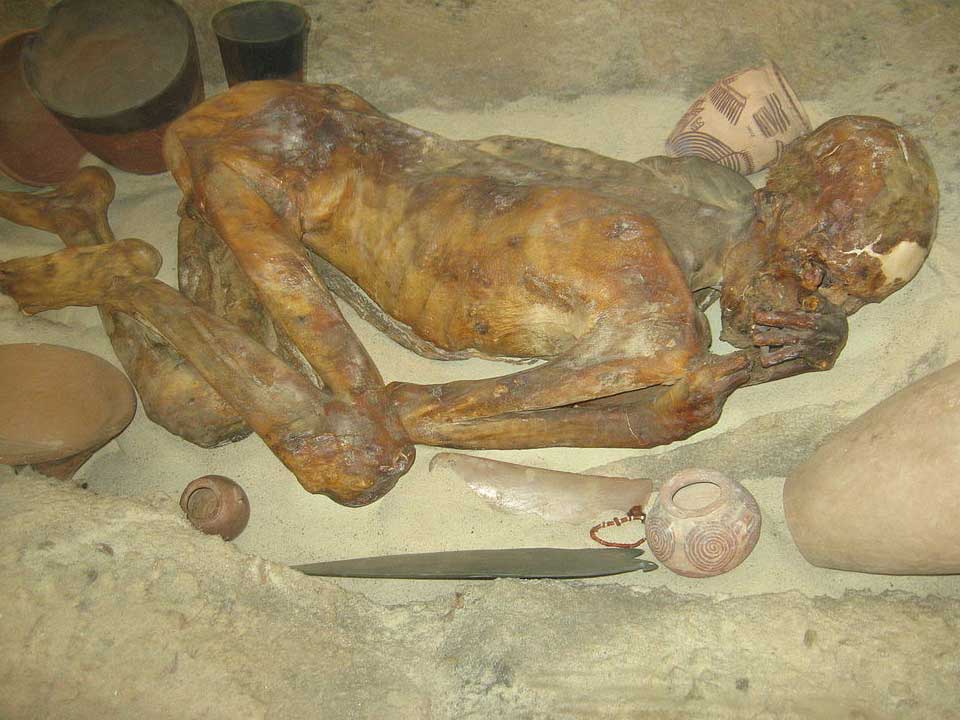Naqada Pit Burials

Pre-Dynastic Egypt was made up of a number of different, unaffiliated tribes. In general, these tribes began burying their dead in round or oval-shaped pits, sometimes surrounded by grave goods like pottery, weapons, tools, and jewelry. The Naqada culture of Upper Egypt spanned a large swath of time (c. 4000 BCE – 3000 BCE), and because of this, their cemeteries reveal an evolution of burial practices for one of these groups.
At their earliest, Naqada burials were distinctly oval-shaped and filled with grave goods. On occasion, wealthier burials included a coffin for the dead. The pits were covered with woven branches and a mound of earth. As time went on, they began to line the walls of the pits with mud-bricks and create separate sections to store grave goods – particularly if the deceased was rich enough to have many objects accompanying them into the afterlife. By the end of the Naqada period, these burials were becoming much larger, coffins were becoming much more common, and the first “royal” tombs began to appear.

At-A-Glance
- Prior to the unification of Upper and Lower Egypt, burials took place in round- or oval-shaped pits, where the body could mummify naturally.
- Bodies were often buried with grave goods like pottery, weapons, tools, and jewelry.
- Over time, the pits became more complex, lined with mud-brick and split into multiple sections.


